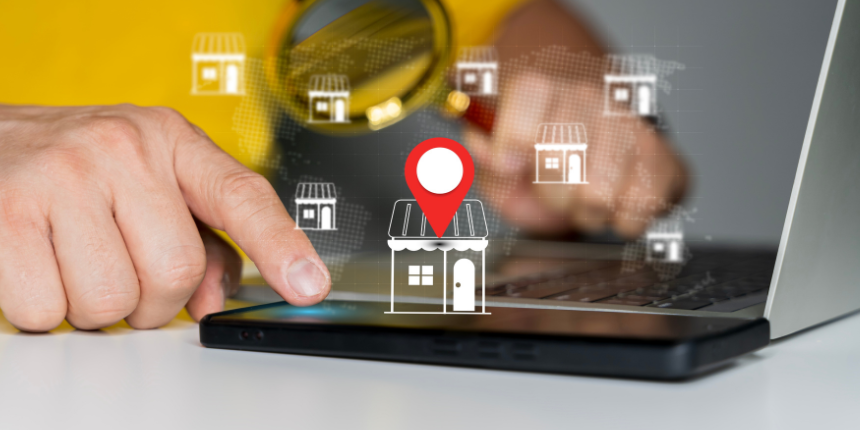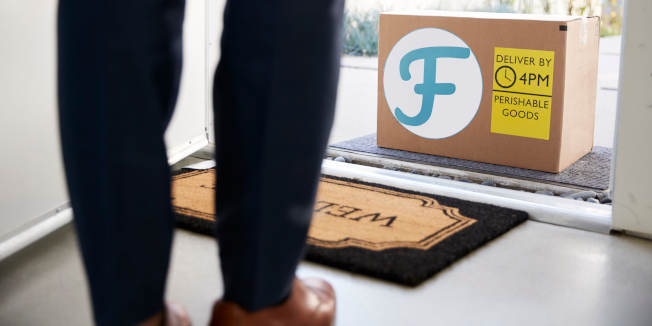
Maximize your local presence through strategic location management.

COVID-19 ramped up very quickly and is now dictating how brands connect with their customers. In fact, businesses have to get messaging in front of consumers faster than ever before—and those that handle this challenge well will reap the benefits moving forward.
So let’s explore exactly what brands should be doing right now in the local search ecosystem, whether on their own properties or in the third-party world dominated by the likes of Google, Apple, and Yelp.
People are increasingly inside, online, and looking for guidance. In this new world, there are precious few scenarios where your previous marketing and messaging will still be the right fit for today’s COVID-affected society.

Supermarkets are informing the elderly that special hours are being provided for them to shop in the morning. Food delivery services are stressing a no-contact delivery method. Garages are explaining whether or not customers can stay in their cars for an oil change. Any business that remains open needs to say why—and explain the value they are providing society (unlike Sports Direct, whose flimsy argument for staying open lasted less than 24 hours).
The first place these businesses should update their messaging is on their own websites. Not only is it easy to communicate via platforms you control (no need to worry about a policy change at Google or Facebook), but consumers want to hear directly from the brand. Your website remains the most important place to get right in this current day and age.
Once you’ve optimised your website to accommodate your customers’ new needs, wants, and concerns, it’s time to turn your attention to third-party sites.
Subscribe to our monthly newsletter.
Bear in mind that third-party sites like Google, Apple, and Facebook are under a tremendous amount of stress from the sheer volume of updates necessary. Never before have more location data updates been necessary at exactly the same time. This increase in volume has led to automatic processes intermittently failing, like Google’s GMB API or Bulk Uploader functionality.

Businesses should be aware that processing these updates is going to take multiple magnitudes of additional effort. It’s important during this time to have a team of people ready to ensure your messaging stays up to date online. After all, Google is inadvertently marking open businesses closed, rejecting Google Posts with critical information for the public, and dealing with huge lag times to publish updates to operating hours. To be honest, we’re going to have to be okay with these issues for now.
Google has also had to make the difficult decision to turn off local reviews, review responses, and Q&A in an attempt to consolidate all of their efforts into ensuring that medical queries produce the right results. These queries can save lives, so if your auto shop’s hours take longer than expected to update online, Google is fine with that.
Nobody can be entirely sure what the future holds, but consumers still have basic needs during this new normal. We still need clothes and oil changes; we still want to shop for birthday presents; we still have to update insurance policies. By ensuring your brand connects with its audiences in a time of uncertainty, you can help soften the difficult realities of this pandemic.
So, now more than ever before is the time to put a team in place (or engage the right partner) to actively manage your online presence. What once was solved exclusively with technology now needs a manual touch to ensure you connect with your customers with the right message in the right place at the right time—their time of need.
Maximize your local presence through strategic location management.
Maximize your local presence through strategic location management.
Subscribe to our monthly newsletter.